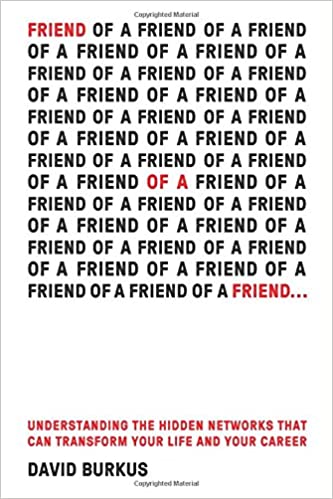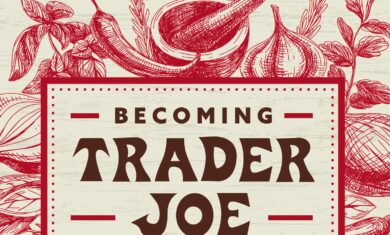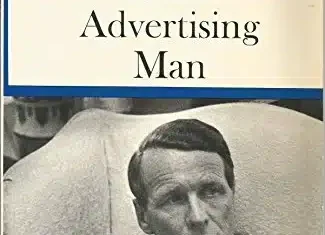Something that I’ve found popping up in a lot of my reading lately is the concept of “weak ties” — those people that you somewhat consider to be a friend, but that you don’t know very well. The book “Friend of a Friend” by David Burkus is all about those people.

As I did with my thoughts on How To Take Smart Notes, most of this was compiled using the “Roam Research” tool. Here is a quick video on how I use it.
There were a lot of great highlights that I took from this book, which I’ll share below, mostly without commentary from me.
While we might think of our network as a collection of contact cards in a Rolodex (or more modernly, a collection of names in a contacts app), when (Adam) Rifkin thought about networks, he saw them not as a collection of contacts but as the map of the connections between contacts. “A network is basically a set of people and the connections between those people,”
But what do you get when you combine an understanding that networks and relationships are important with the commonly shared belief that networking activities are awkward and dirty? You get perhaps the most commonly expressed maxim about networking: “It’s not what you know; it’s who you know.”
it’s about knowing who is a “friend of a friend.” It’s about getting a full picture of the network you already have access to, and learning how to improve it.
Research shows that our biggest opportunities and best sources of new information actually come from our “weak ties” or “dormant ties”—our connections with people we don’t see often or haven’t spoken to in a long time.
Even though the strong ties in our life are more likely to be motivated to help us, it turns out that our weak ties’ access to new sources of information may be more valuable than our strong ties’ motivation.
Weak ties are those colleagues we don’t plan to see, but when we do it’s easy to catch up quickly.
One way I’m hoping to facilitate that is through the partial season tickets I bought for the Atlanta Braves this year. It’ll be a great way to reach out to folks and have a good time at the ballpark (though we’ll see when the baseball season is actually able to start this year…).
The research on dormant ties reveals three main reasons for their strength.
First, like weak ties, dormant ties can hold a wealth of new, different, and unexpected insights.
Second, reaching out to dormant ties specifically for advice is efficient; the contact with them is often much quicker than conversations with current colleagues who might be collaborating on multiple projects.
And third, because many dormant ties, unlike weak ties, were once stronger relationships, their trust and motivation to help are much stronger than is true for current weak ties.
The truth is that we are all one big network, and the people who succeed are not the ones with the best collection but the ones who can see and navigate their network best.
Using the known average size of a human neocortex, Robin Dunbar calculated the upper limit of a human’s information-processing capacity and brainpower to socialize in a network at around 150 contacts. This became known in scientific and popular literature as Dunbar’s number.
As your network grows, as the number of your connections increases, the process of meeting new people becomes easier. Not because you get more practiced at making introductions, but because introductions are more likely to find you. It’s a phenomenon that network scientists call preferential attachment, and it explains why the most connected are most likely to stay that way, but also why building your network will take less and less work over time.
While we may want to categorize people into just work and personal buckets, real social networks do not seem to operate that way. And that is to our benefit. Research shows that not only does multiplexity help us become more aware of real-life opportunities, but it enhances our performance on the job—and can even enhance the performance of an entire organization.
This is why I enjoy things like playing basketball or softball with business colleagues — it helps us to get to know each other in a different way.
If you are looking to grow colleagues into friends, or friends into coworkers, it may be helpful to start by determining whether you’re connected with them on just one service or both—if not, then reach out. If they don’t respond to your friend request, don’t feel bad. Everyone has different rules of thumb for how they categorize relationships. But you’ve done a great deed just by demonstrating your openness.
This seems to encourage you to add many more people to personal networks like Facebook, but I’m still a bit hesitant with that. I’ll add anyone I meet on LinkedIn, but Facebook feels like a different avenue. That said, over the years I’ve connected with a lot of business contacts on Facebook and those tend to be the strongest business relationships that I have.
All in all, this book had a lot of eye-opening ideas, and I encourage you to check it out for yourself!




[…] I’ve read Marketing Made Simple, Man’s Search for Meaning, The Checklist Manifesto, Friend of Friend, The Art of War and One Second After, which is probably more than all of 2019 combined), I’m […]